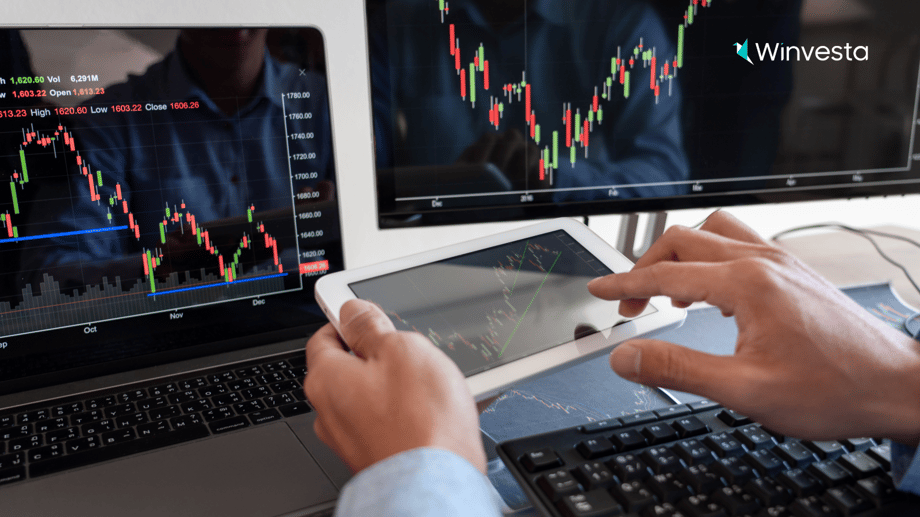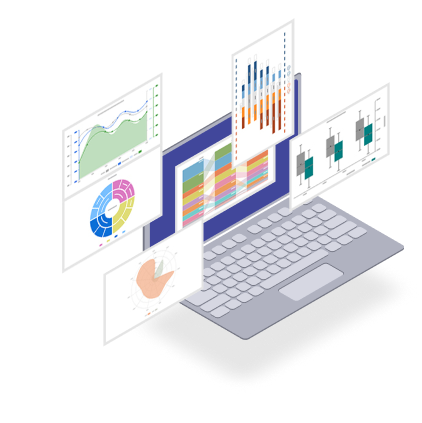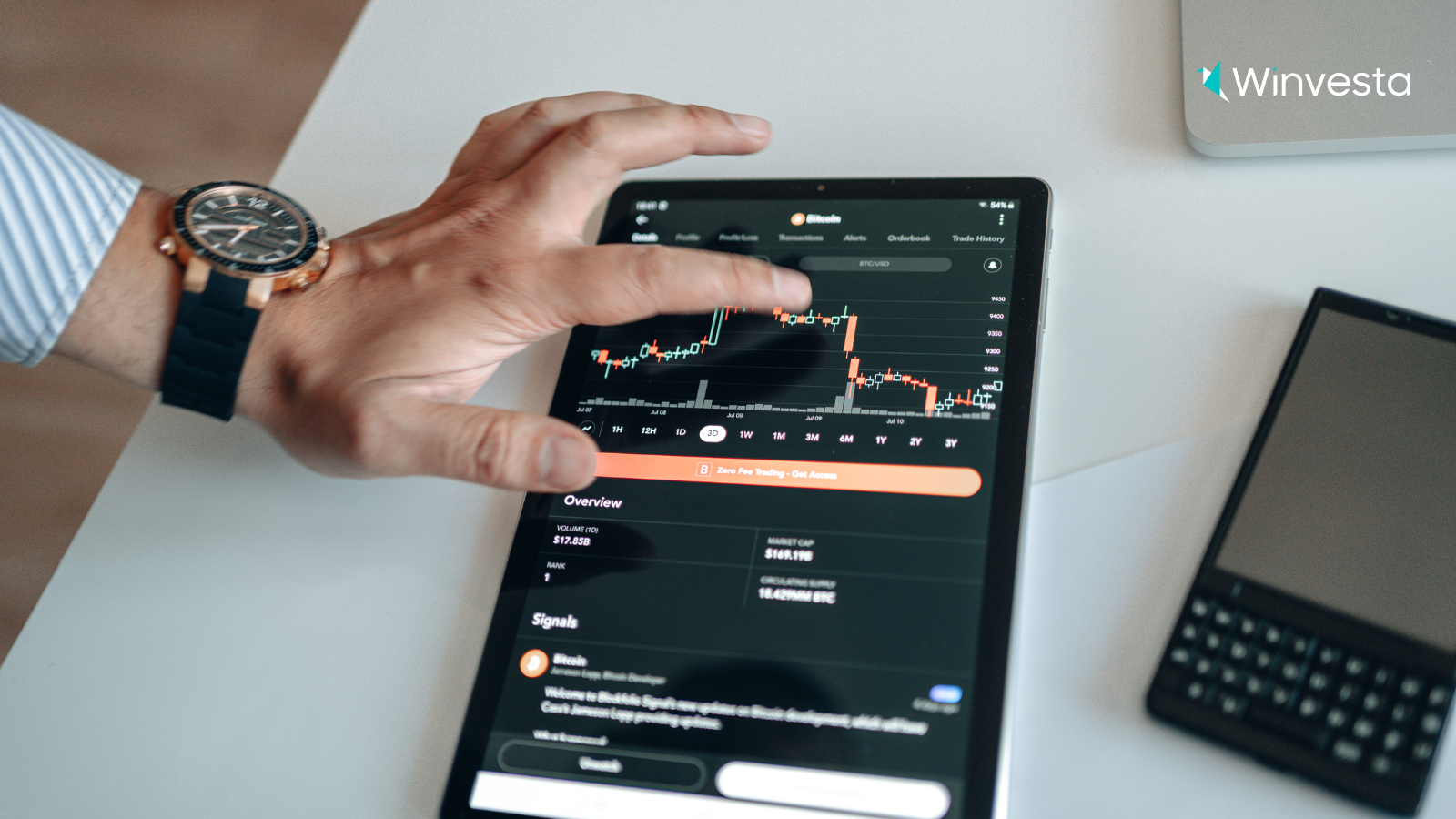Contents
Wall Street holds its breath: US stocks stall as debt clouds gather
2 minutes read
23 May 2025

As dawn broke over Wall Street this week, the mood was more cautious than celebratory. The usual buzz of trading floors was replaced by a quiet tension, as investors watched the numbers flicker across their screens. The Dow Jones barely moved, the S&P 500 dipped ever so slightly, and the Nasdaq inched higher. On the surface, it looked like just another day. But beneath, a storm was brewing—one that could reshape the landscape for months to come.
A tax bill at the heart of the storm
The catalyst for this unease? President Trump’s proposed tax and spending bill, which has thrown both Congress and the markets into a state of suspense. The House of Representatives, in a rare overnight session, debated the bill’s merits and pitfalls. The stakes are high: the bill promises sweeping tax cuts and increased military spending, but at a cost that has economists and policy experts sounding the alarm.
Nonpartisan analysts warn the plan could add between $3 trillion and $5 trillion to America’s already towering $36 trillion debt. “This tax bill could be a coin toss in its current form; it could go either way,” said Mariam Adams, managing director at UBS Wealth Management. “It really depends on how much relief the average investor is receiving. If it can impact and give some kind of faith to individual investors, that could give us a really good rally.”.png?width=1600&height=900&name=Us%20stocks%20(58).png)
But faith is in short supply. The Congressional Budget Office estimates the bill could push US debt to 129% of GDP by 2034, a level not seen since the aftermath of World War II. Maya MacGuineas, president of the Committee for a Responsible Federal Budget, put it bluntly: “We are entering uncharted territory. The last record was just after a world war, and this time we are scheduled to hit it in the midst of a strong economy — so that contrast is stunning.”
Market reactions and what lies ahead
The impact on the markets was immediate. Treasury yields spiked to levels not seen since 2023, reflecting investor anxiety about the government’s ability to manage its growing obligations. Moody’s downgraded the US government’s credit outlook, citing the risk of spiralling deficits and political gridlock. The Nasdaq, buoyed by tech giants like Alphabet and Nvidia, managed to eke out gains, but the broader market remained subdued.
JP Morgan’s Dubravko Lakos-Bujas summed up the mood: “The backdrop of policy uncertainty combined with geopolitical risks suggests increasing macroeconomic volatility and a wider range of potential outcomes.” In other words, the road ahead looks bumpy.
For everyday investors, it’s like planning your monthly budget only to find your bills have jumped overnight, with no extra income in sight. Natasha Sarin of the Yale Budget Lab warned, “A crisis always feels far off until you’re in one. We don’t know exactly where that cliff is—but we know that we’re getting closer.”
As the Senate prepares for its own debate, all eyes are on Washington. Will policymakers find a way to balance tax relief with fiscal responsibility? Or will the US charge ahead, debt rising, hoping the economy keeps pace? For now, Wall Street is holding its breath—waiting, watching, and bracing for whatever comes next.
Disclaimer: The views and recommendations made above are those of individual analysts or broking companies, and not of Winvesta. We advise investors to check with certified experts before making any investment decisions.

Ready to own a piece of the world’s biggest brands?
- Invest in 4,000+ US stocks & ETFs
- Fractional investing
- Zero account opening fees
- Secure and seamless
Start investing in just 2 minutes!

Build your global portfolio.
.png)
Invest in companies you love, like Apple and Tesla.

Track, manage, and grow your investments.



